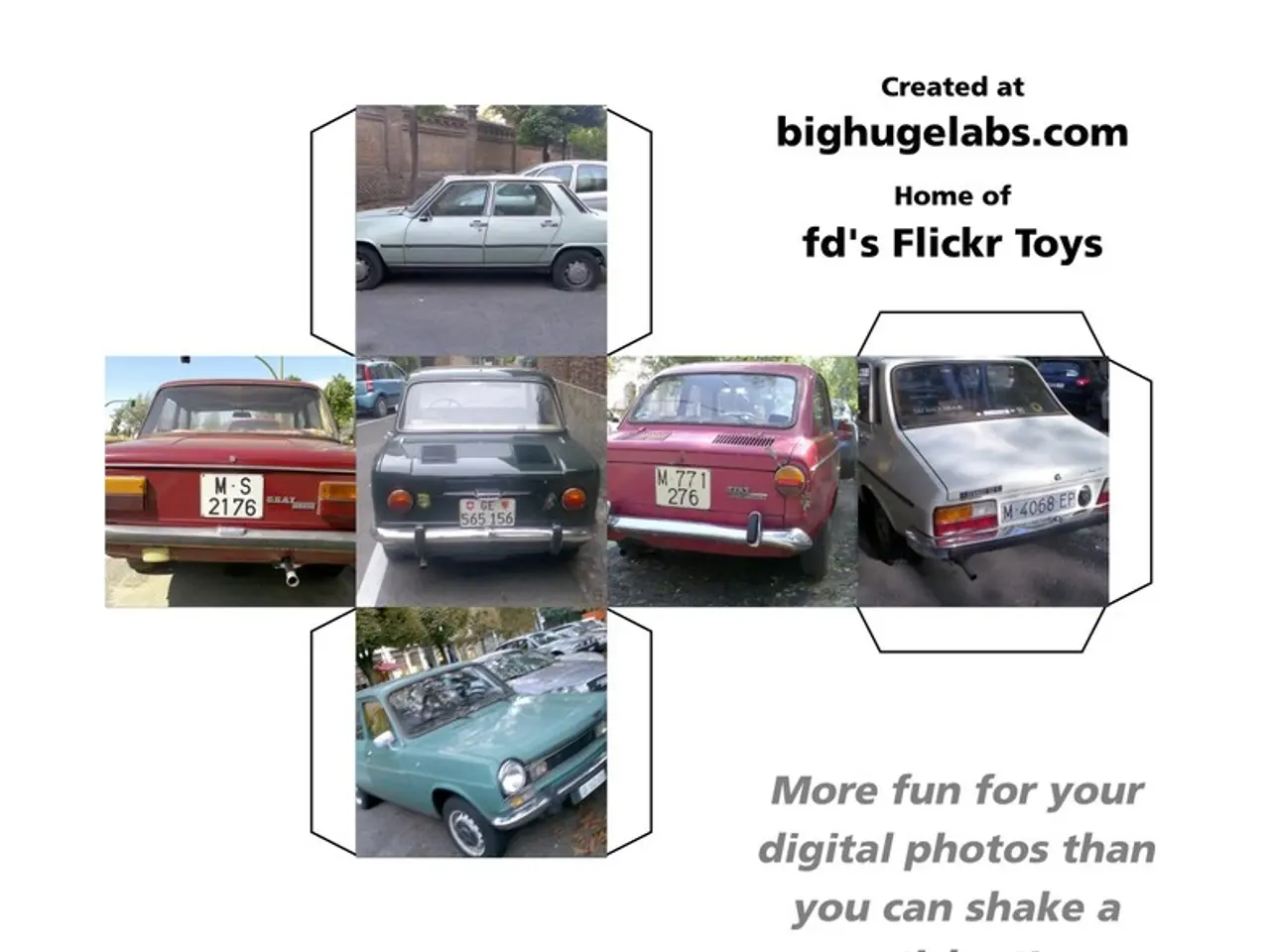EV Shift Gains Momentum: Ford, GM Invest Billions, Charging Infrastructure Booms
The shift towards electric vehicles (EVs) is gaining momentum. Recent legislation has allocated billions for EV infrastructure, encouraging society to adopt these eco-friendly vehicles. Meanwhile, major automakers like Ford and GM are investing heavily in EV production, aiming for a significant share of the market in the coming years.
The transition to EVs is not without its challenges. Currently, there are approximately 46,000 electric charging stations in the U.S., compared to the 150,000 gas stations. However, this gap is narrowing rapidly. In Germany, the private energy sector has added over 20,000 public charging points since January 2025, representing an 11% increase. Companies like TotalEnergies are also investing in large-scale charging infrastructure, opening a flagship fast-charging hub at Berlin Brandenburg Airport (BER) for both cars and trucks.
Tesla's Supercharger network is a testament to the advancements in charging technology. It can recharge a Tesla up to 200 miles in just 15 minutes. However, this convenience is currently limited to Tesla owners. As EV adoption increases, so will the need for interoperable charging solutions.
Ford is at the forefront of this shift. The company is investing $11.4 billion in two manufacturing sites to produce more EVs, creating 11,000 jobs. By 2030, Ford aims for at least 40% of its global vehicle sales to be EVs. GM, too, has ambitious plans, aiming to produce only electric vehicles by 2035.
The future of gas stations in the era of electric vehicles is uncertain, as explored in a Vox article. However, one thing is clear: the shift to EVs is here to stay. With major automakers investing heavily in production and charging infrastructure expanding rapidly, the U.S. is well on its way to a more sustainable future. The International Energy Agency, the U.S. Department of Energy, and the U.S. Environmental Protection Agency are all useful resources for those looking to stay informed about this exciting transition.






